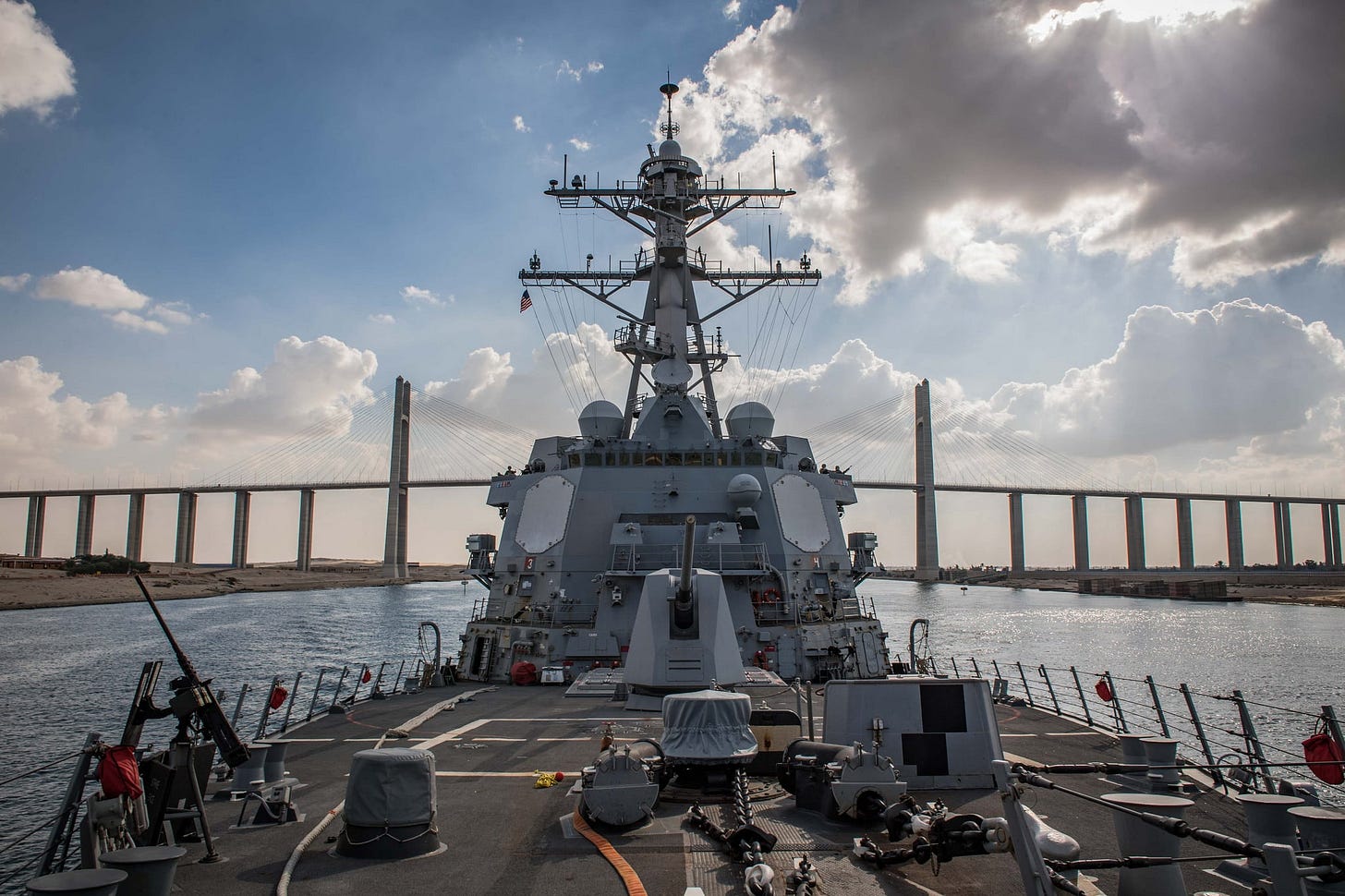Notes from the edge of civilization: August 31, 2025
In California, smoke gets in your eyes (and lungs!); in the Caribbean, a Syrian-style proxy war heats up; in Canada, organ transplants are MAiD to order.
An English professor from the University of Southern California took to the opinion pages of the New York Times this weekend to share an urgent message: “Urban wildfires are becoming public health emergencies.”
Blazes in these areas consume, in addition to brush and undergrowth, all sorts of manufactured materials: lead paint and piping, lithium batteries and computers, cleaning solutions and artificial fibers, automobiles and electric wires. Soil samples collected from the Palisades and Altadena have revealed the presence of heavy metals and other toxic elements, including arsenic, lead and mercury. If not properly remediated, such contamination can linger, with potential effects including not only cancer but also damage to the brain and nervous system, especially in children under 3. That makes every fire in the wildlife urban interface a potential public health emergency.
Basically, Professor David Ulin argues that Southern California has always been prone to fires, but your great-granddaddy’s brushfire didn’t melt lithium batteries, incinerate vinyl siding, and spread mercury-laced ash over a metropolis of 10 million people. Today’s burn zones, he says, are an unholy blend of dry brush and Home Depot ‘oops’ paint emissions, all of which can cause human health problems.
He has a point: The fires are real, the toxins are real, and the suffering is real. Where caution is warranted is with the narrative being woven around them, which smells a lot like smoke from another source.
Reclassifying climate change as a ‘public health emergency’ allows weather disasters to slide neatly into the same policy playbook as so-called pandemics. This neatly cascades into the necessity for emergency powers, suspension of rights, and centralized control for “your safety” and for the “greater good.”
If COVID taught us anything, it’s that emergencies never end; they just grant the government and its money-grubbing industry cronies more power to dictate how we live.
Professor Ulin advocates for the following mitigation efforts: “plant fire-resistant vegetation; create defensible space cleared of flammable objects; build with fire-resistant materials.” But, he says, those methods require time and money and climate change isn’t waiting. This lays the groundwork for the public to accept new personal restrictions, such as climate lockdowns, carbon rationing, managed retreat, and digital passes to leave your zip code.
Using “public health” is the sleight of hand. Once climate becomes a medical condition, none of us are simply citizens anymore. Now we’re patients, and patients must do what they’re told and follow doctor’s orders.
So, by all means take wildfires seriously, but really question the fear-mongering narrative. The “public health emergency” framing is less about saving lives and more about managing populations. The recent declaration from Nova Scotia is an excellent example — the restriction of movement into “the woods” hasn’t actually stopped wildfires from occurring. Our advice: watch the smoke signals, but look directly into the fire to see what’s truly happening.
The Trump administration has deployed seven warships, including guided-missile destroyers and a nuclear-powered submarine, along with 4,500 military personnel (including 2,200 Marines), to the southern Caribbean near Venezuela.
The official story is that this is about stopping the trafficking of narcotics, but the Trump administration is not being shy about their desires to see the end of President Nicolás Maduro’s regime:
From Axios:
Press Secretary Karoline Leavitt leaned into the ambiguity of the mission on Thursday, noting that the U.S. considers Maduro the "fugitive head of [a] drug cartel" and not Venezuela's legitimate president.
"This is 105% about narco-terrorism, but if Maduro winds up no longer in power, no one will be crying," said one Trump administration official familiar with the policy discussions.
Maduro should be s***ting bricks," [another] official said.
A third Trump adviser put it this way: "Leaving Maduro in power in Venezuela is like making Jeffrey Epstein the head of a daycare."
(Um, is it us, or is the Epstein analogy a poor choice? Firstly, there’s a bit of a tacit admission. But ultimately, the example lays bare that we haven’t seen a one perp walk yet! We digress.)
Venezuela’s ambassador to the United Nations, Samuel Moncada, laughed at the premise: “I mean, it’s ridiculous to think that they’re fighting drug trafficking with nuclear submarines.”
And, to be fair, it really is not a good look for the US. Don’t forget that Venezuela has a “rogues’ gallery” of allies:
Cuba has been an ideological sugar daddy for decades, running intelligence and propping up Maduro’s security state.
Iran is knee-deep in oil swaps and weapons deals and has flown sanctioned fuel across the Atlantic to support Caracas.
Russia has a long history of parking bombers and troops off Venezuela’s shores just to troll Washington.
And China holds masses of Venezuelan debt and quietly supplies the country with surveillance tech.
So when the US sends destroyers and Marines to Venezuela’s backyard, it looks like we’re walking into a hornet’s nest where any misstep — a ‘black swan,’ to quote Nassim Taleb — could suck us into a Caribbean version of Syria; a messy proxy war with half the BRICS countries backing Caracas out of sheer spite.
Is this really what America needs right now? What will this chest-thumping gain us, except making us look overextended, predictable, and surrounded? This could very well be the Monroe Doctrine’s last stand.
Last week we took a deep dive into a thorny and emotional subject: state-sponsored death in Canada. Daniel Freiheit gave us the legal view, and Dr. Steven Goldsmith gave us the medical and ethical view — which led to a chilling comment from a reader called Karen Special that opened up a new horrifying window in the conversation about euthanasia, or Medical Assistance in Dying (MAiD), as it is called in Canada:
I am a mental health therapist. Last year I had a nurse as a patient.
She described a scene where she was a participant in an organ transfer of a 16 year old “brain-dead” drowning victim. She held his hand while the other surgical physicians were “chomping at the bit,” waiting the required amount of time to get started with the procedure. She fought for his dignity, and was ashamed of being a participant. She quit right after this.
It haunts her to this day.
No one should be “chomping at the bit” to remove organs from a patient, but while Karen’s story wasn’t about a MAiD patient, this is where we have arrived. (We quietly wonder about possible financial incentives, but that’s probably a story for another time).
Not only is the Canadian government expanding its MAiD program to minors and the mentally ill — but the program has become a direct (and potentially lucrative) pipeline into the transplant system. Official stats show that about 5% of all organ transplants nationwide already come from MAiD patients.
And when the human supply runs out, biotech swoops in with a neat backup plan: pigs. A headline in Nature this week touts gene-edited pigs as the next great organ source. If there aren’t enough people to “harvest,” why not breed animals to supply the parts bins?
What’s wild is how both supply chains — people who died via MAiD and gene-edited pigs — run on the same utilitarian logic: life is raw material. People who “choose” death become inputs for others’ survival. Animals get redesigned and mass-produced for spare parts. The ethical line between sacred life and parts inventory gets neatly erased, with government funding.
This system ingrains the concept of planned obsolescence and reinforces the cultural disposition towards disposables: when something goes wrong, swap out the old and replace it with something new.
We have to ask: Is this truly progress, or just the medical-industrial machine eating its way through both people and animals?





Nothing quite says, "I want peace like a nice flotilla of warships headed your way." A further aside is that originally it was 8 ships which included a Marine Amphibious Assualt Landing ship but it had to return to port for repairs. Here we are, in the Amerias, right next door and we cannot have a meaningful show of force without one of the warships having to return to port for repairs and they say that they can take Russia in 3 days? Is that before or after the repairs? With between 40-60%, the DOD oops, DOW doesn't know the exact amount, of our 5th generation F-35 fighters are NOT combat capable. What part of this is supposed to make me feel warm and fuzzy about our current state of affairs?
C
I'm sorry, I'm having trouble getting past the grisly detail that organs are harvested while the patient is alive. Even more reason to stay out of hospital, and to vigorously advocate - in person - for any loved one that finds themselves inside.